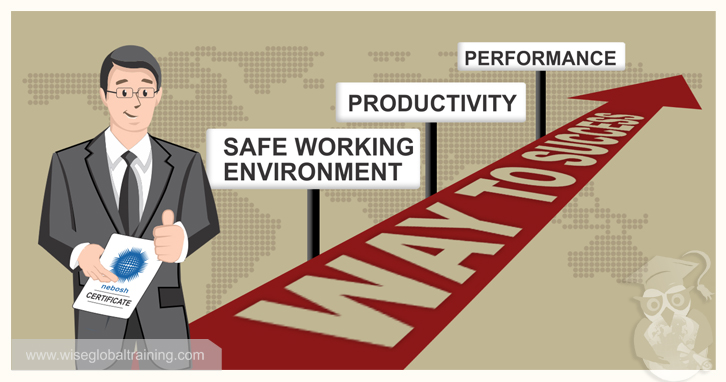Building a pier or dock can be a challenging task, but with the right knowledge and techniques, you can create a stunning waterfront that not only enhances the beauty of your property but also adds functionality. Experienced pier and dock builders have a wealth of tips and tricks up their sleeves that can help you achieve your vision. In this article, we will unlock the secrets of expert pier and dock builders and provide you with valuable insights to create a waterfront that stands out. Refer: https://texasboathouse.com/.
The Importance of Hiring an Expert
Before delving into the tips and tricks of expert pier and dock builders, it is essential to understand the importance of hiring a professional for such a project. Expert pier and dock builders bring a wealth of experience, knowledge, and skills to the table, ensuring that your waterfront project is completed efficiently and effectively. Here are a few reasons why hiring an expert is crucial:
Benefits of Hiring an Expert:
- Expertise in design and construction
- Knowledge of local regulations and permits
- Access to quality materials and tools
- Ability to troubleshoot and problem-solve effectively
- Ensures compliance with safety standards
Tips and Tricks from Expert Pier and Dock Builders
Now that we have established the importance of hiring an expert, let's explore some valuable tips and tricks from seasoned pier and dock builders that can help you create a stunning waterfront:
1. Proper Planning
- Start with a clear vision of what you want to achieve with your pier or dock.
- Consider factors such as water depth, shoreline conditions, and intended use of the waterfront.
- Work with a professional to create a detailed plan that includes design, materials, and timeline.
2. Quality Materials
- Invest in high-quality materials that can withstand the elements and offer durability.
- Choose materials such as pressure-treated wood, composite decking, or aluminum for longevity.
- Consider eco-friendly options such as recycled plastic lumber for sustainability.
3. Proper Foundation
- Ensure that the foundation of your pier or dock is solid and properly constructed.
- Consider using pilings or posts driven deep into the ground for stability.
- Consult with a structural engineer to determine the best foundation for your waterfront project.
4. Attention to Detail
- Pay attention to the small details that can make a big difference in the overall aesthetics of your pier or dock.
- Add finishing touches such as handrails, lighting, and seating to enhance the beauty and functionality of the waterfront.
- Consider incorporating features like boat lifts or fish cleaning stations for added convenience.
Ensuring Safety and Compliance
When building a pier or dock, safety should always be a top priority. Expert pier and dock builders prioritize safety and ensure that all construction meets local regulations and safety standards. Here are some key considerations:
Safety Measures:
- Install proper lighting for visibility at night.
- Add non-slip surfaces to prevent accidents.
- Include proper signage for navigation and safety information.
- Regularly inspect and maintain your pier or dock for any signs of wear or damage.
Compliance with Regulations:
- Obtain necessary permits before starting construction.
- Ensure compliance with environmental regulations to protect the local ecosystem.
- Work with a professional who is familiar with local building codes and regulations.
Conclusion
Building a stunning waterfront with a pier or dock requires careful planning, quality materials, attention to detail, and a focus on safety and compliance. By following the tips and tricks of expert pier and dock builders, you can create a beautiful and functional waterfront that enhances the value of your property. Remember to consult with a professional to ensure that your waterfront project is completed to the highest standards.






